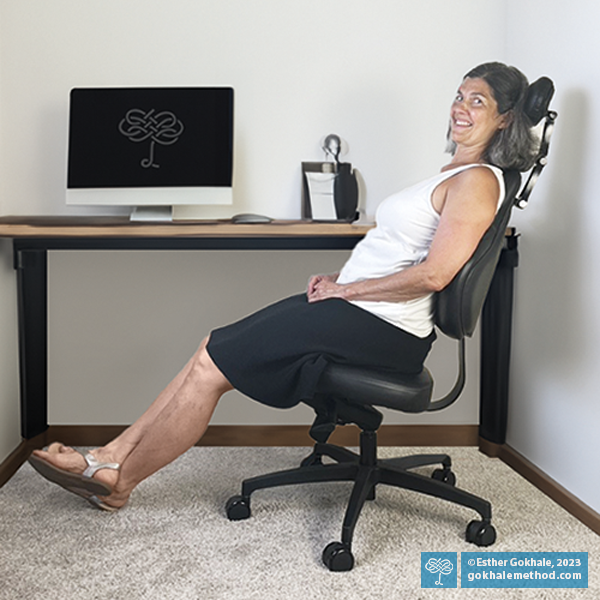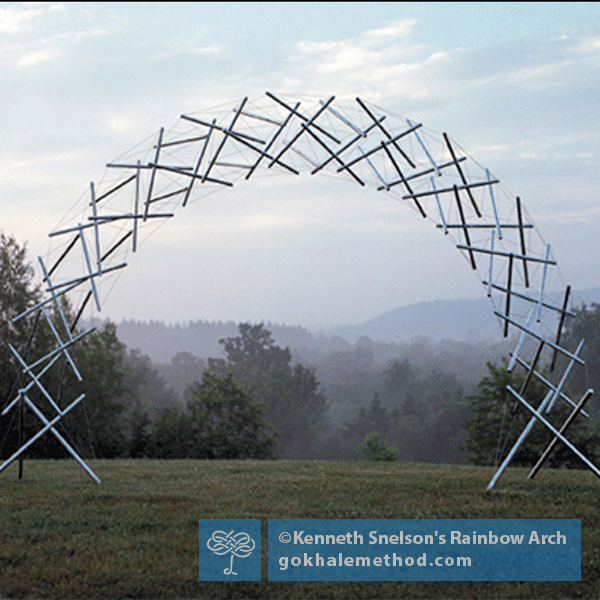There’s no doubt that dysfunction abounds when it comes to sitting. Most of us spend many hours on poorly designed chairs, in poor posture. As many people know all too well, poor sitting habits can definitely set you up for chronic back pain and tension.
The good news? With just a little time and awareness, we can learn to sit well. There is real beauty and functionality in sitting done skilfully! When you do, sitting becomes not only comfortable, but also healthful and therapeutic.
Biotensegrity—Another Way to Understand Your Body
In our culture a loss of up to 50% of the height of the discs as we age from our twenties to our fifties is considered normal. It follows that the herniations, nerve pain, and arthritic change that accompanies this chronic degeneration of our discs is also not seen as unusual. Pain and reduced ability to function is normalized.
Steering Clear of the January Blues
This can be a challenging time of the year. Some parts of the world have had extreme conditions in recent months. The Eastern US has had extreme snowfall. Across much of Europe and the northern temperate zone, this time of year brings cold, and daylight hours are short. After the celebration, lights, and parties of Christmas, or the ancient festivals of the Winter Solstice, plunging back into the gray chill of winter is notorious for inflicting the “winter blues,” sometimes giving rise to a depressive seasonal affective disorder, aka SAD.



